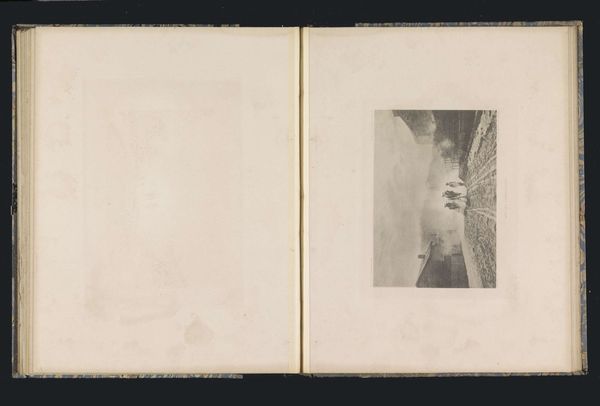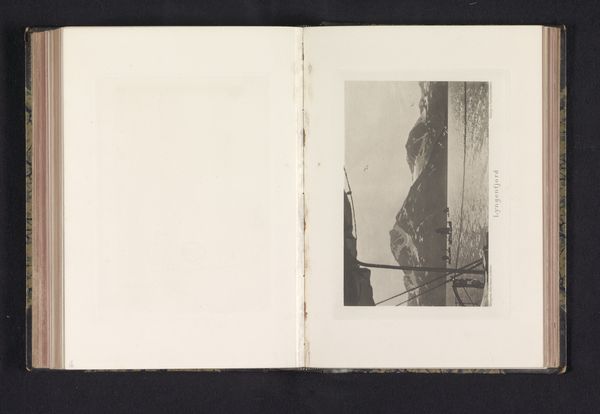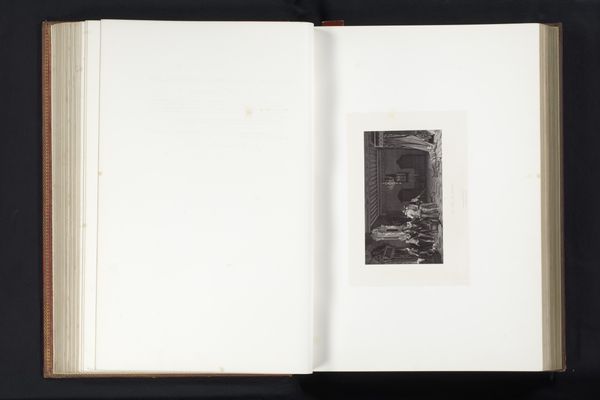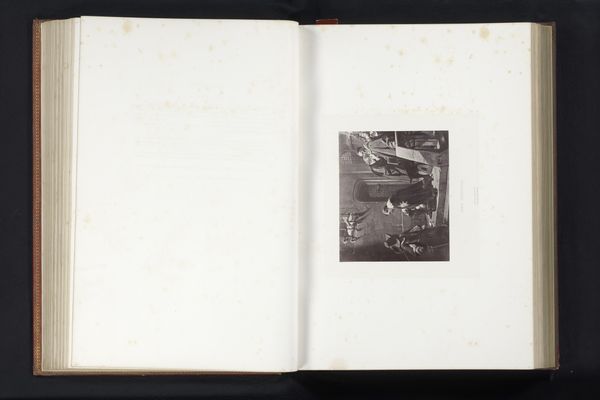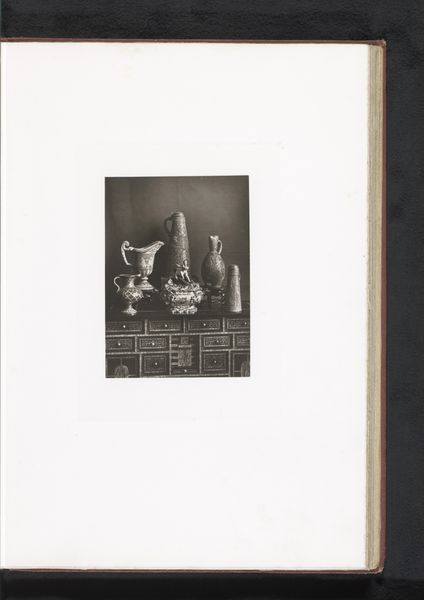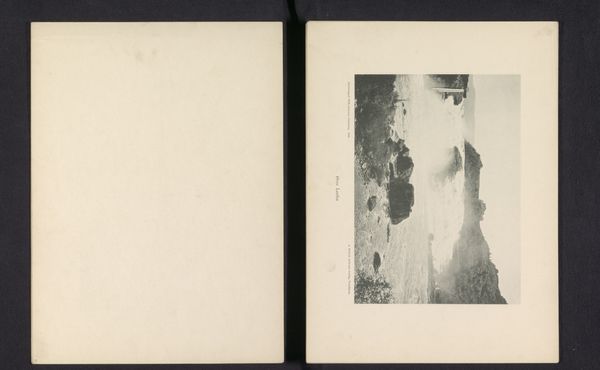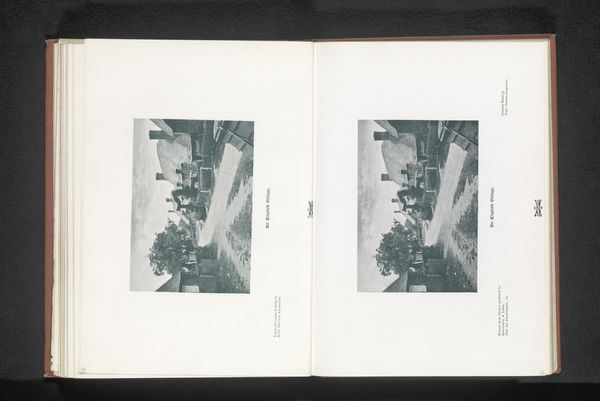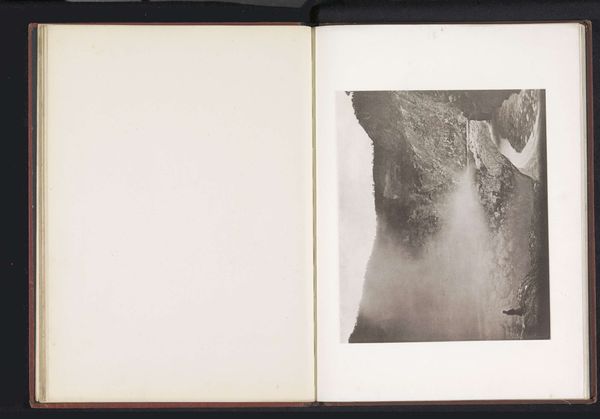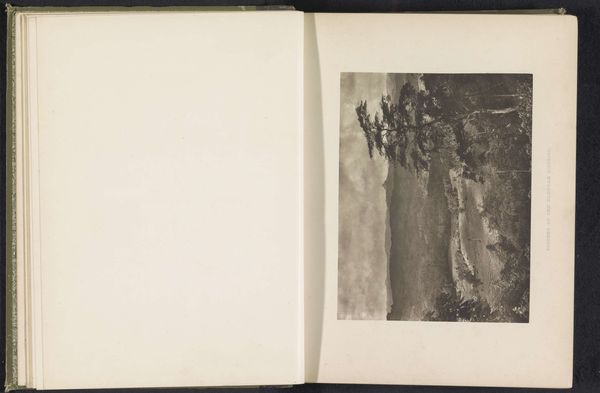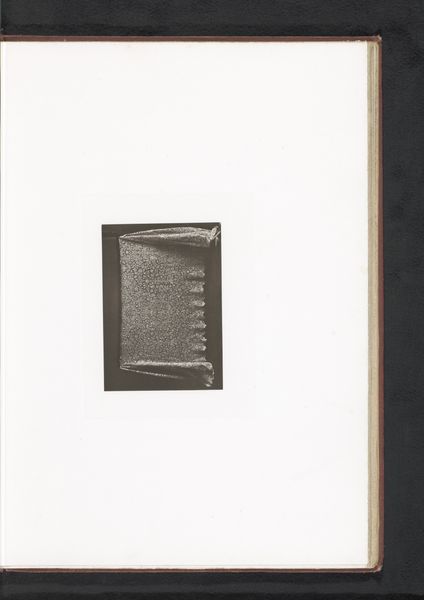
Chinees serviesgoed, opgesteld tijdens de Exposition Rétrospective van 1873 in Tours, Frankrijk 1873
0:00
0:00
print, ceramic, photography
#
pale colours
# print
#
ceramic
#
white palette
#
photography
Dimensions: height 98 mm, width 138 mm
Copyright: Rijks Museum: Open Domain
Curator: This is a photograph taken in 1873 by Gabriel Blaise titled "Chinees serviesgoed, opgesteld tijdens de Exposition Rétrospective van 1873 in Tours, Frankrijk," showcasing a display of Chinese ceramics. What are your initial impressions? Editor: Well, it’s striking how the pale palette gives this arrangement of porcelain an almost ghostly presence. The lack of vivid color concentrates my focus on the forms themselves. Curator: Indeed. The exhibition it depicts was part of a larger trend in the 19th century: the burgeoning interest in Asian art and culture in Europe. Photography, newly accessible, played a vital role in disseminating these images to a wider audience. This allowed people to "collect" such items, even without the means to purchase them. Editor: I see. For me, it's how Blaise uses light. See how the varying levels of opacity emphasize certain pieces while leaving others in shadow? The arrangement appears very deliberate, like a still life composition where some elements have symbolic roles. Curator: The arrangement would indeed have been intentional, crafted to highlight the exotic nature and artistry of these imported objects. The exposition itself was an exercise in curatorial practice and power, reinforcing colonial narratives around trade and taste. Editor: That reminds me of the complex, layered surfaces of the ceramic pieces; they feel like coded messages that modern manufacturing would eliminate. What kind of conversation would this create between the object, as presented and displayed, and how someone back in China would have interpreted these? Curator: That disconnect highlights the complexities of cultural appropriation. The Exposition served as a platform for demonstrating colonial power and influence. By presenting Chinese artifacts in this context, the French underscored their role in global trade. Editor: So the photograph becomes both a record and a reinterpretation, changing our experience with the physical objects? Curator: Precisely. Photography enabled the French to package and control the narrative surrounding Chinese culture, disseminating an image tailored for Western consumption. Editor: So, this quiet photographic study has surprisingly loud echoes in histories of globalization and image culture. Curator: Yes, exactly! It captures more than just a display of porcelain; it reveals a dynamic interplay between nations and representation itself.
Comments
No comments
Be the first to comment and join the conversation on the ultimate creative platform.

